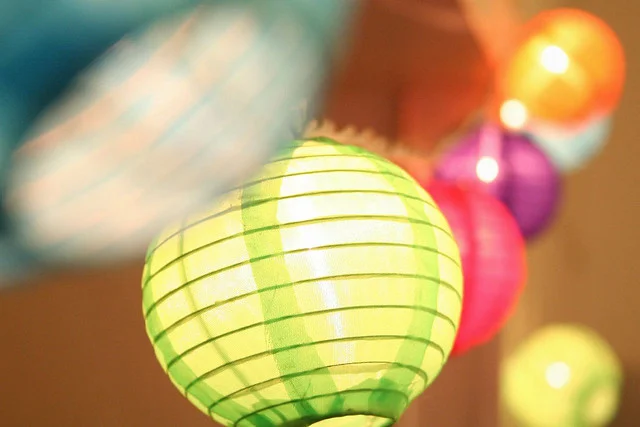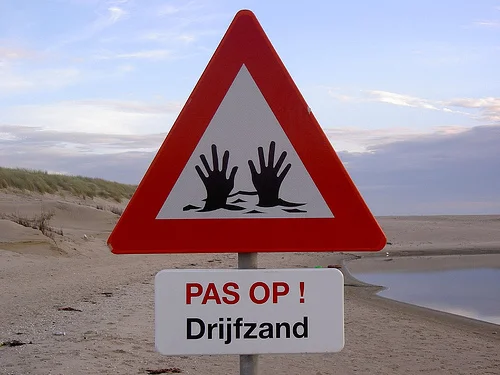Starting when you don’t know where to start
But it’s not unusual to have trouble recognizing what you always do, Jona says. “You may say, ‘I know I have a meditation practice in there somewhere, but I can’t find it.’ That builds frustration.
“When that happens, the very simple technique I would offer is to engage the process of Looking Away,” which is particularly useful at stressful moments in everyday life.
To describe the effect of Looking Away, she tells a story from her childhood. Her brother was a catcher on a softball team, and during a game, his arm was injured. “So my grandfather ran into the dugout and grabbed an ice pack, the kind you smash so it’ll become cold.” He was a strong man, and when he clapped the pack between his hands, it exploded, its chemicals flying everywhere.
“The next one he grabbed did the same thing. The third time, the coach said, ‘That’s our last one…’ So my grandfather brought himself out of the moment and was a little more gentle. Breaking that ice pack in a more gentle way produced the result he wanted”—and he was finally able to ice her brother’s injured arm.
Go gently, writers, she advises: Brute force probably won’t liberate the muse. “If we try too hard, we’re not going to get the result we want. To some people that effort may feel like squeezing, holding on, or confining our ideas to one train of thought. And when we start to go down that road, it really inhibits our creativity.
“It may seem counterintuitive, but taking a few minutes to not pay attention to the thing you’ve been focusing on can actually put your body in a state that’s able to give you what you want.”
Looking away, step by (short) step
Here’s how Jona suggests Looking Away when you get stuck:
1. Accept that distraction and frustration are going to happen—they happen to everyone, and it helps to acknowledge that.
2. Take a few deep breaths—it may sound cliche, but it does help to clear your mind a little bit and relieves some of the pressure. Then take a very brief break for a meditation.
3. Set a timer for two minutes—and only two minutes; we’re practicing restraint.
4. Sit in a chair and elongate your spine without a lot of strain or thought about it. Try to sit in a comfortable way that makes room for your breath. Once you’re there, find your breath and ride the rhythm of your inhale and exhale, feeling the rise and fall of your body.
Your mind will probably want to go to the task at hand, but bring yourself back to just feeling the rise and fall of the body, and every time your mind returns to your project, bring it back to “feel the rise and fall of my body."
5. Remind yourself to trust this very ancient practice that’s worked for many, many people. Just go with it.
No need to panic if ideas come
She recommends keeping a journal by your side during meditation. “You take your two-minute break, and more than likely, you’ll see ideas pop up about what you were working on. It’s okay to turn to your journal and jot down those thoughts in one or two words rather than letting your mind race through: ‘Okay, don’t forget that. That was a really good one. Don’t forget it! Okay, now back to the breath, back to the rise and fall.'”
“That’s just too much. Don’t make it so hard on yourself. Write down the ideas that pop into your head and enjoy the fluidity of going back into your meditation: 'Okay, got it down on paper. I can go back in. Everything is fine.'”
Less really can be more
“Somewhere along the line, we all picked up the idea that to be successful, we need to work harder and faster. And it’s just not the case,” Jona says. “There’s more and more research telling us that a relaxed state and a well-rested person is going to perform better. So try to shift your framework.
“Spending two minutes in meditation and going back into daily life gives us an experience that I feel is missing in some practices,” Jona says. “What occurs in meditation should flow into the rest of our lives so that eventually, we can’t tell the difference between being in meditation and everything else. When we take those two-minute breaks, we’re carrying with us the resonance of that meditation, that way of being, into what we do next. Less is more sometimes. We just have to recognize that just because something seems simple, that doesn’t mean it’s any less effective. There’s great depth in that simplicity.”
You can find Jona Genova at samadhiforpeace.com, and she's Samadhi for Peace on Facebook. To see one of her short and simple guided meditation videos, click here.
(Photo by Marcus Hansson via Flickr.)



















